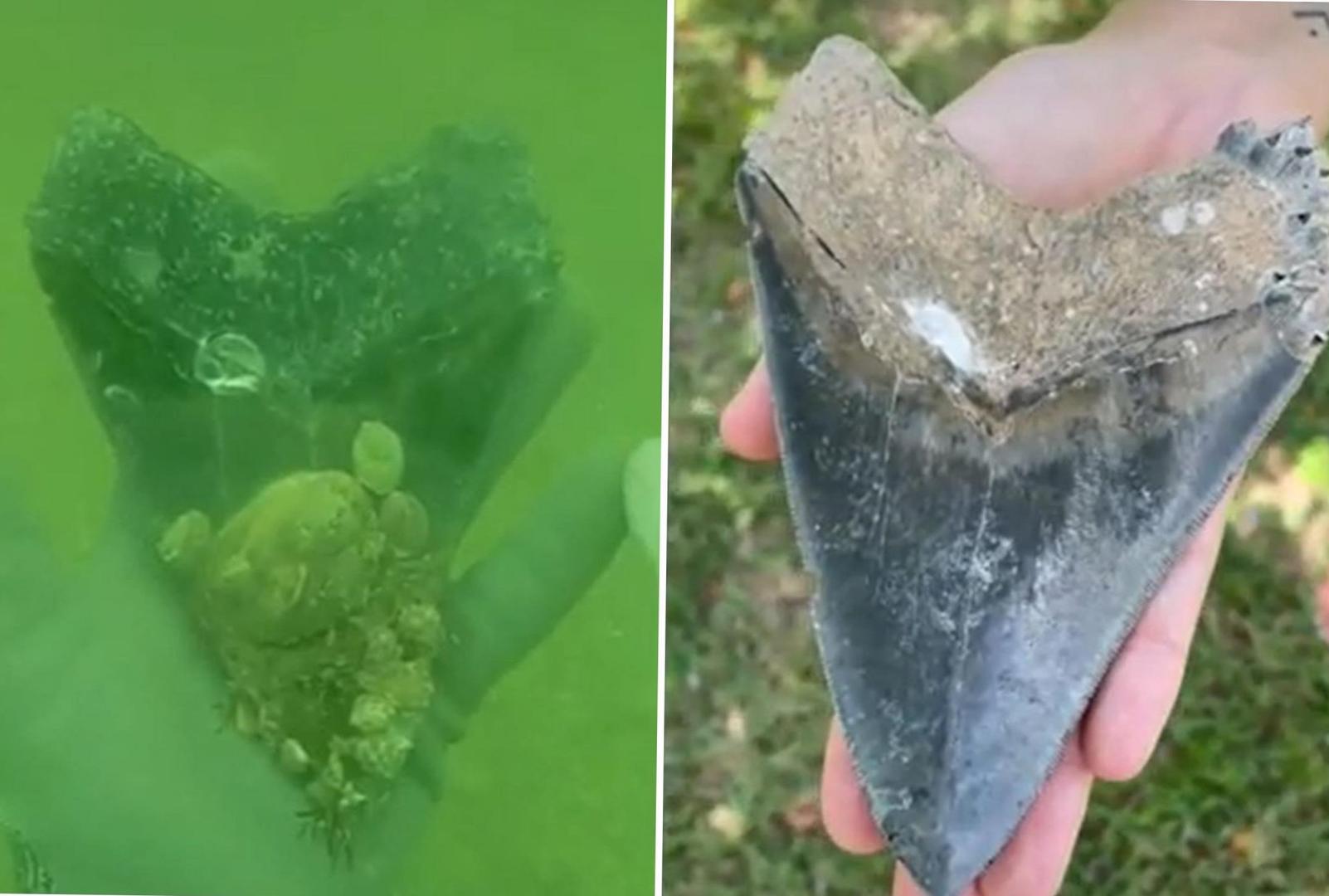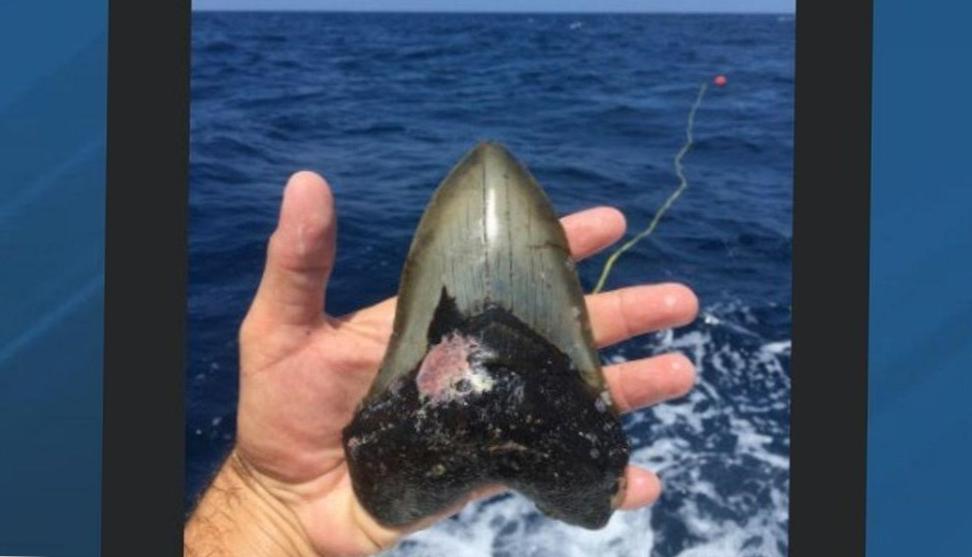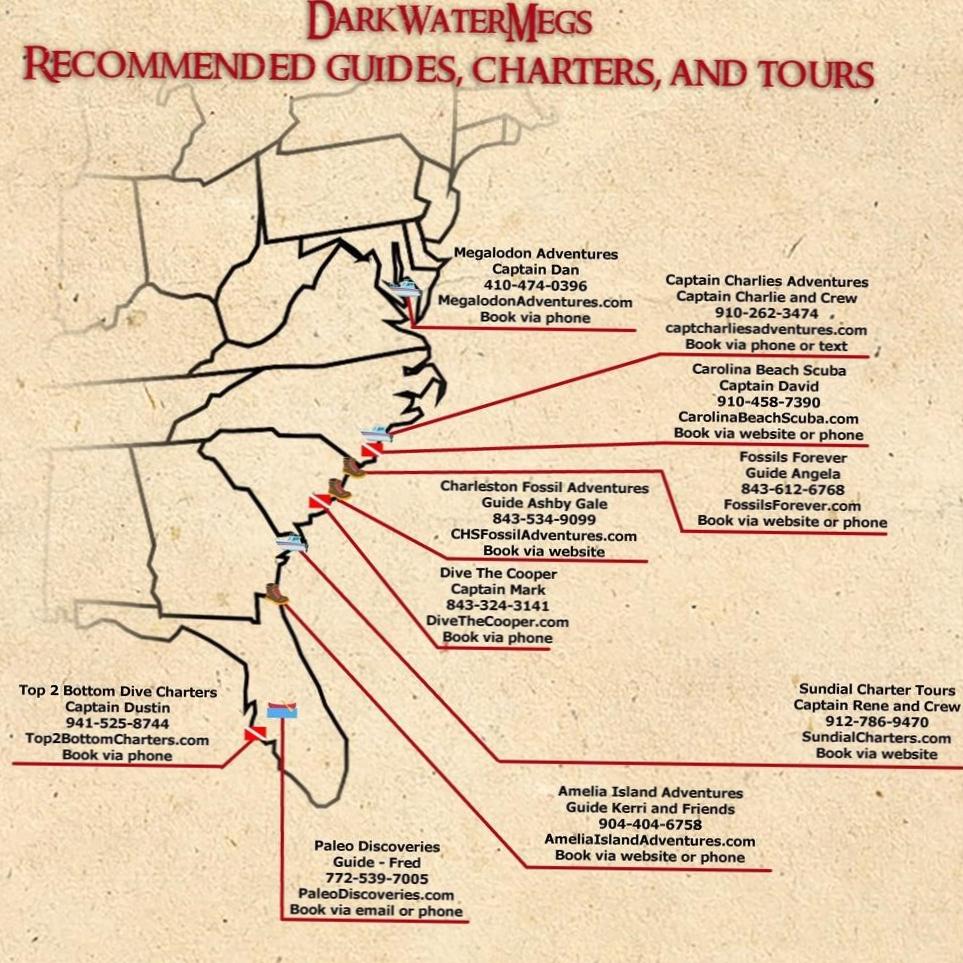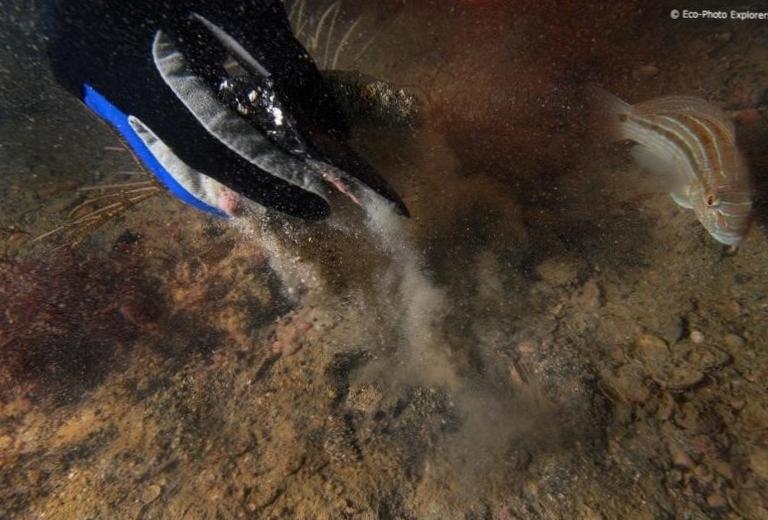Diving for Megalodon Teeth: A Thrilling Adventure in Paleontological Discoveries
Diving for Megalodon Teeth: Uncovering Ancient Treasures from the Ocean Floor
Have you ever wondered what it would be like to come face to face with an ancient giant that ruled the seas millions of years ago? Imagine the thrill of diving deep into the depths of the ocean, searching for the remnants of a predator long extinct. Well, that’s exactly what a group of fearless paleontology enthusiasts are doing as they dive for Megalodon teeth — the fossilized remains of the enormous Megalodon shark. These divers are not only uncovering awe-inspiring ancient treasures, but also contributing to our understanding of this formidable creature that once roamed our oceans.
Diving for Megalodon Teeth: Uncovering Ancient Treasures from the Ocean Floor
Have you ever wondered what it would be like to swim alongside a creature as massive and powerful as the Megalodon shark? While this ancient predator has been extinct for millions of years, its legacy lives on in the form of fossilized teeth that have been waiting patiently on the ocean floor. Dive enthusiasts and amateur archaeologists alike have been donning their scuba gear and embarking on underwater adventures in search of these incredible, towering teeth. The thrill of discovering a Megalodon tooth, sometimes as big as the human hand, is unparalleled. But before we dive into the exhilarating world of hunting these prehistoric treasures, let’s take a closer look at the history of the Megalodon and how it met its end.
Diving for Megalodon Teeth: A Thrilling Adventure in Paleontological Discoveries
Are you ready to dive into the depths of the ocean and uncover the ancient mysteries of the world’s largest shark, the Megalodon? If you have a sense of adventure and a love for paleontological discoveries, this is an experience you don’t want to miss. The Megalodon, meaning «big tooth,» is estimated to have roamed the oceans approximately 23 to 3.6 million years ago. With teeth averaging at a staggering 7 inches in length, this apex predator was truly a force to be reckoned with.
Diving for Megalodon Teeth: A Thrilling Adventure in Paleontological Discoveries
Imagine diving into the deep blue sea, surrounded by marine life, only to come face to face with a prehistoric behemoth. Well, perhaps not face to face, but rather tooth to hand. We’re talking about the Megalodon, the colossal shark that once ruled the oceans millions of years ago. For paleontology enthusiasts and thrill-seekers alike, diving for Megalodon teeth is a truly captivating adventure. But where exactly can these elusive fossils be found?
Diving for Megalodon Teeth: A Thrilling Adventure in Paleontological Discoveries
Have you ever wondered what it would be like to dive deep into the ocean in search of ancient treasures? Well, imagine exploring the depths for the fossilized teeth of the mighty Megalodon — the largest shark ever to have roamed the Earth’s seas. This thrilling adventure in paleontological discoveries promises an adrenaline-pumping experience like no other. But before you grab your scuba gear and dive right in, it’s important to understand the challenges and risks that come with deep-sea diving for fossils.
Exploring the unfathomable depths of the ocean requires a specialized skill set and an understanding of the potential hazards involved. With limited visibility, plummeting temperatures, and unpredictable currents, venturing into this underwater realm can be treacherous. The extreme pressure of the deep-sea environment presents its own unique set of risks, including decompression sickness and nitrogen narcosis.
Furthermore, the hunt for Megalodon teeth demands patience and determination. These prehistoric fossils are rare and elusive, scattered across the ocean floor. Locating them requires expertise in reading underwater landscapes, as these teeth can be buried beneath layers of sediment or hidden in hard-to-reach crevices. The use of specialized equipment, such as metal detectors and dredging tools, may be necessary to unearth these ancient treasures.
But for those brave enough to embrace these challenges, the rewards can be extraordinary. Discovering a pristine Megalodon tooth is like diving into history, transporting you back millions of years to a time when these behemoth creatures ruled the seas. The sheer thrill of holding a relic from a bygone era in your hands is indescribable.
So, if you’re ready to embark on the adventure of a lifetime and take part in some truly groundbreaking paleontological discoveries, deep-sea diving for Megalodon teeth may just be the perfect expedition for you. Just remember to approach it with caution, respect for the environment, and a deep appreciation for the wonders that lie beneath the surface of our oceans. Happy diving!
Diving for Megalodon Teeth: A Thrilling Adventure in Paleontological Discoveries
Embarking on a diving expedition in search of Megalodon teeth is an adrenaline-fueled quest that promises exhilarating encounters with the prehistoric past. As you dive into the depths of the ocean, you leave behind the modern world and venture into a realm where 50-foot-long creatures once ruled. However, it is crucial to prioritize safety during this thrilling adventure. Preparing yourself with essential safety precautions can ensure an enjoyable and secure experience.
1. Dive with a buddy — While the allure of exploring alone may be tempting, always remember that safety comes first. Having a dive buddy ensures that someone is there to assist you in case of an emergency or to alert authorities if needed.
2. Proper equipment — Before plunging into the depths, make sure that you have the correct diving gear that is in excellent condition. Inspect your mask, regulator, and dive suit meticulously to ensure they are free from any defects.
3. Understand the area — Each dive location presents its own challenges, so thoroughly research the specific area where you plan to search for Megalodon teeth. Familiarize yourself with potential underwater hazards, such as strong currents, sharp rocks, or possible encounters with marine life.
4. Time your dive — Tide tables and weather conditions play a crucial role in determining the ideal time to dive. Choose a time when visibility is high and currents are minimal to enhance your chances of finding pristine Megalodon teeth.
5. Dive within your limits — Always assess your own skills, physical condition, and experience level before undertaking a dive. Don’t push yourself beyond your capabilities, especially when exploring unfamiliar territory.
6. Carry a dive knife — A trusty dive knife is a valuable tool that can come in handy during emergencies, allowing you to swiftly cut free from entanglements or remove debris.
7. Respect the environment — As a responsible diver, it is essential to leave the underwater world undisturbed. Make sure to avoid damaging reefs, disturbing marine life, or removing more than just a few Megalodon teeth for personal collections.
By following these essential safety precautions, you can dive into the mysterious depths with confidence, knowing that you are well-prepared for this thrilling venture. Uncover the secrets of the past and add your name to the growing list of individuals who have experienced the exhilaration of discovering Megalodon teeth. So get ready to dive in, explore, and unearth the fascinating remnants of an ancient predator that once ruled the oceans.
diving for megalodon teeth







